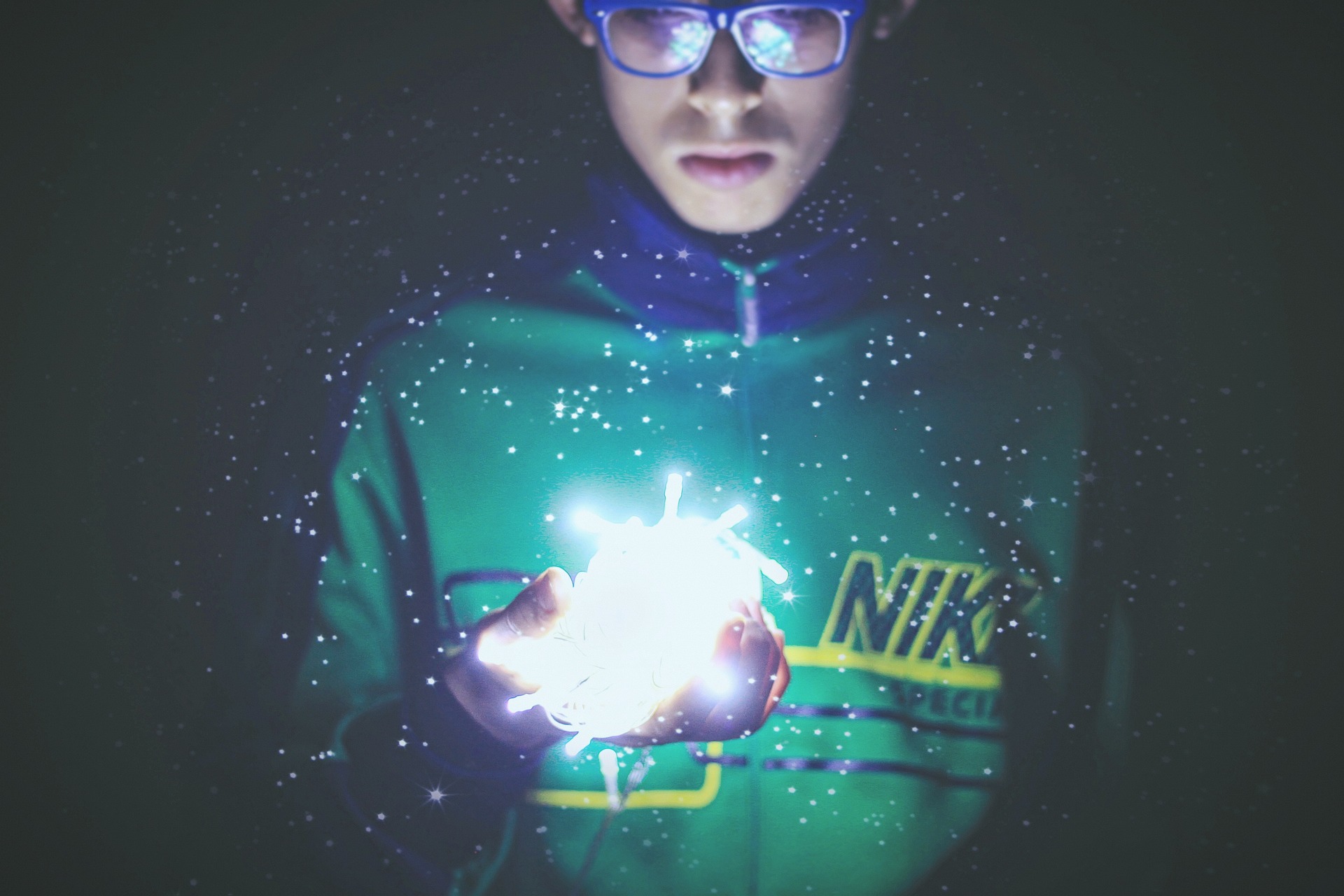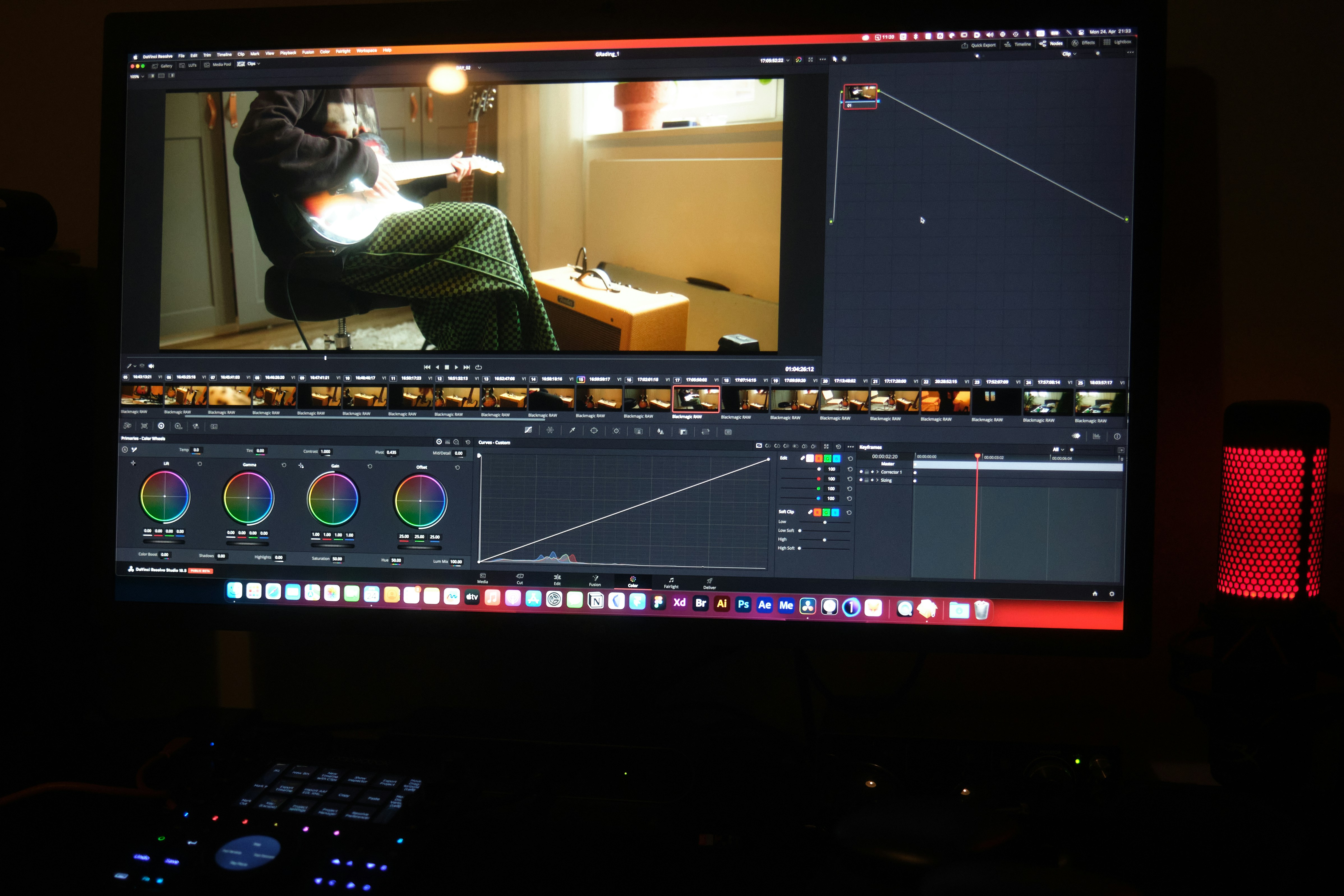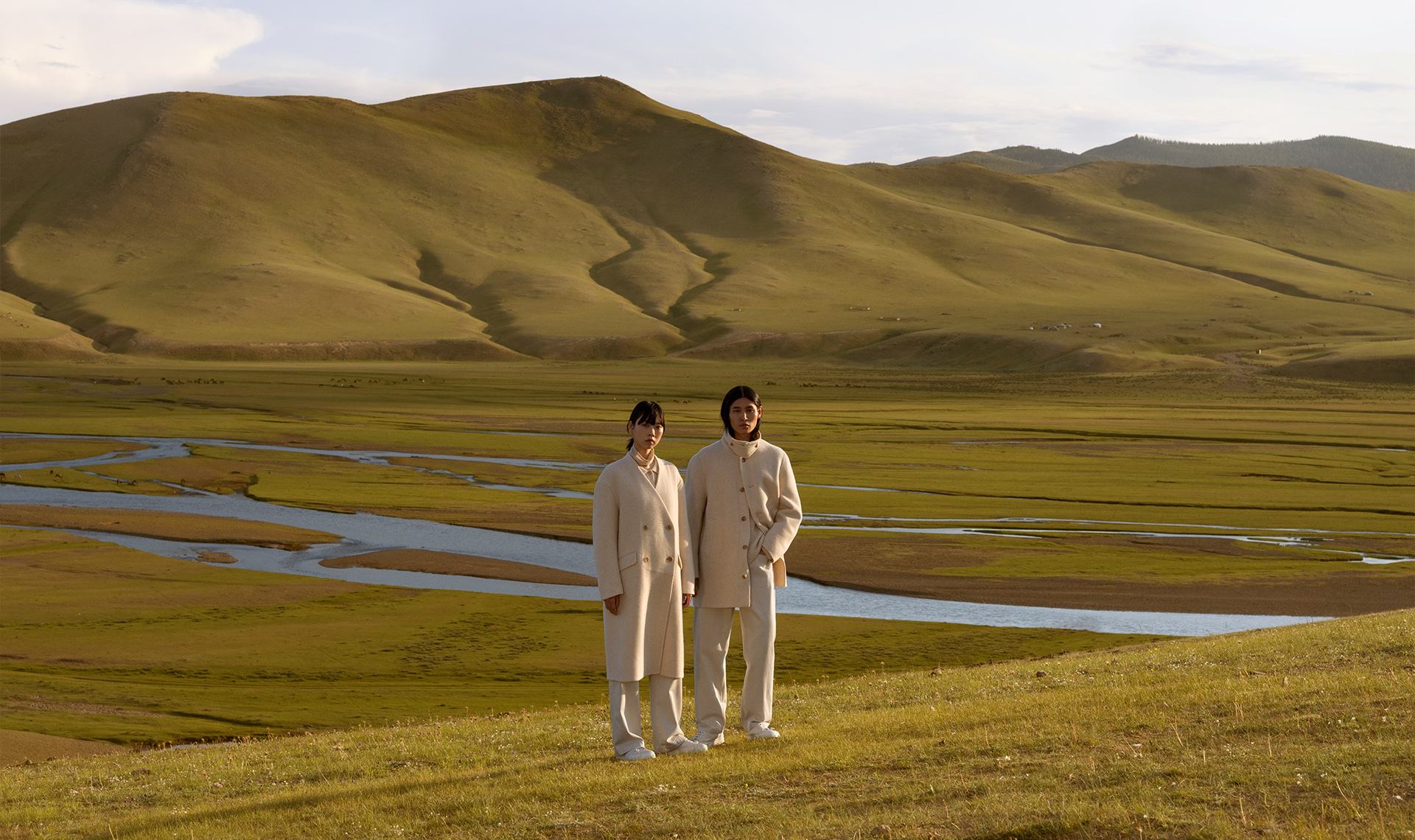
There’s a moment in every good video edit or design when something clicks.
A transition flows just right. A color shift feels warm, not random.
And suddenly, the viewer feels something... before they even know why.
That instant is what makes design powerful.
Because in a world of endless scrolls and micro-attention spans, emotion is the only thing fast enough to reach people before logic does.
The Psychology Behind the First Feeling
Research from Adobe shows that people form an impression of a brand in less than half a second after seeing its visuals.
Half a second. That’s before they read, before they listen, before they think.
Our brains process color 60,000 times faster than text.
We’re wired to feel first, interpret later.
That’s why warm tones like orange or red can trigger energy and excitement, while cool blues or greens create calm and trust.
Movement works the same way: fast cuts or shaky transitions create tension, while slow pans and gentle fades build safety or nostalgia.
Emotion isn’t decoration. It’s design’s first language.

How Movement Shapes Mood
Video editors know this instinctively: pacing is emotion.
A quick-cut montage can turn an average day into something cinematic. A still frame can make a viewer breathe slower.
But movement isn’t just about speed, it’s about rhythm and intent.
- Fast rhythm = energy, excitement, modernity
- Slow rhythm = reflection, trust, elegance
- Unexpected pauses = tension, curiosity
Even small motion choices change perception.
For instance, Apple’s product videos use slow, gravity-defying rotations to create a sense of calm precision — “this is premium.”
Meanwhile, a Nike spot will build micro-cuts synced to a heartbeat or breath — “this is human effort.”
Both speak emotion fluently, but in entirely different dialects.
.jpg)
Cross-Cultural Color and Motion
Here’s where things get interesting. Emotion doesn’t always translate the same way across cultures.
In Western design, red often signals urgency, passion, or danger.
In Japan, red carries positive warmth — celebration, good fortune, life.
Similarly, motion pacing shifts by culture.
Western campaigns tend to use high-contrast edits and bold kinetic typography to grab attention fast.
Japanese design, by contrast, often favors harmony and flow — longer transitions, intentional white space, pauses that let emotion breathe.
Both are emotional by design.
But they speak to different cultural tempos: one rewards impact, the other values presence.
That’s why global brands like Netflix or UNIQLO rebuild visual campaigns per market.
A Western cut of a Netflix trailer may open with action.
The Japanese version might start with stillness : a lingering face, a quiet note... Which lets emotion unfold rather than explode.

How Creatives Can Design Emotion Intentionally
- Start With the Feeling, Not the Frame
Before you open After Effects or Figma, ask: What do I want people to feel in the first 3 seconds?
Then design backwards from that feeling. - Use Contrast as Emotion
Light and shadow, fast and slow, warm and cool — emotion thrives in contrasts.
Without contrast, visuals feel flat; with it, they pulse. - Let Motion Tell the Story
Movement is not decoration. It’s narrative.
Every transition, camera move, or swipe should carry emotional intent. - Adapt Emotion Across Cultures
If you work globally, study how your visual “tone” lands in other markets.
What feels dynamic in New York might feel aggressive in Tokyo.
Emotional design is still human — but humanity has accents.
Emotion Is the Ultimate Algorithm
In a digital world ruled by data, emotion remains the metric that matters most.
Algorithms may reward clicks, but it’s feeling that drives loyalty, shares, and memory.
When your visuals make someone feel before they think, you’ve already won their attention — and their trust.
Because the best design doesn’t just look good.
It moves people : literally, emotionally, and across cultures.
—
Lisa Anglade,
Co-founder at Pont Miyabi🌏
🔗 Connect: LinkedIn | Website
📩contact@pontmiyabi.com
What's happening
Our latest news and trending topics


.png)
